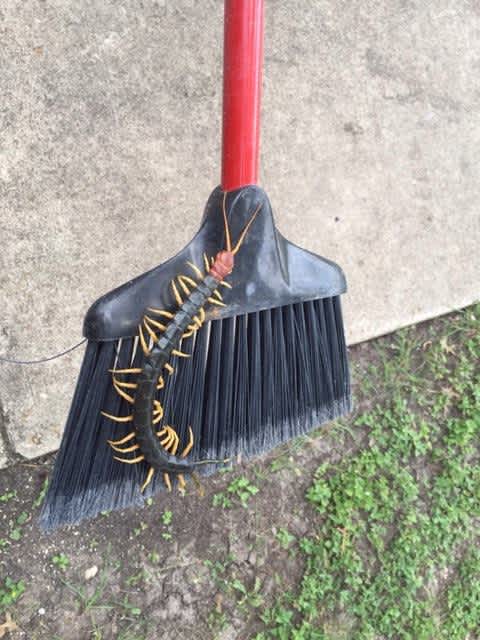Texas Wildlife Pokes Fun at Fear over Redheaded Centipedes
OutdoorHub Reporters 07.13.15

It seems that every few years, the sighting of a giant redheaded centipede causes a wave of fright across the internet. So much so that Texas Wildlife and Parks have poked fun at the phenomenon by acknowledging it as one of the state’s most terrifying creatures, but, alas, “no match for a shoe.”
The agency recently posted a picture of a Texas redhead found in Hill County, which quickly—and predictably—went viral. The truth is, encounters with the giant centipede are not all that uncommon in the states they inhabit, but residents may have good reason to fear them after all.
Giant redheads, or Scolopendra heros, are the largest centipedes in North America and have a reputation for being confrontational. The critters usually grow up to between six to eight inches long and sport about 23 pairs of legs, which they use to clamp down on prey. Their bite is painful and venomous, although not fatal to humans, and can cause severe swelling and irritation. In some cases, a redhead bite can result in necrosis, nausea, tissue damage, and even liver failure. This alone is enough motivation for most people to stay away from the giant centipede, but unfortunately for Texans, sometimes the redhead comes to them.
According to state biologist Ben Hutchins, redheads are most active during the day and are known for their habit of entering houses, which brings them into contact with humans.
“An account from the Civil War suggests that such encounters may indeed be horrific. There’s an old legend that a soldier was awakened during the night after a centipede crawled over his chest. The animal left a track of red, painful punctures where it walked, resulting in two days of agony before the soldier finally died,” Hutchins wrote in a 2014 issue of the Texas Parks and Wildlife magazine.
It is likely that the legend was just that, a legend. Yet the story is more evidence of the fearsome reputation behind these creepy crawlies and the wonder they inspire. One of their close cousins is the Amazonian centipede, the largest of its kind in the world. Much like the Texas redhead, the Amazonian centipede also injects a highly effective venom into its prey—which can include bats and small rodents.
The official advice from biologists? Wear boots, the bigger the better.

